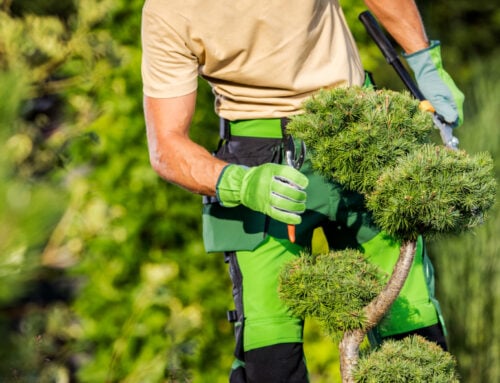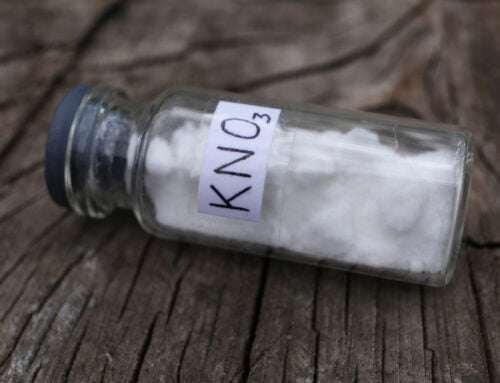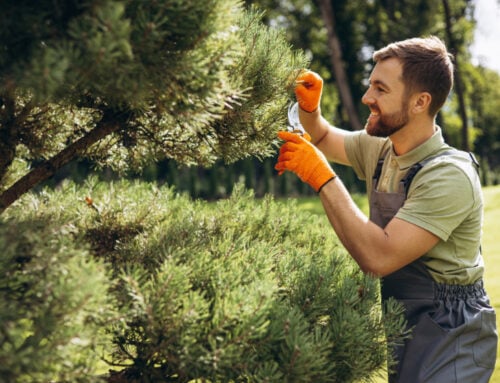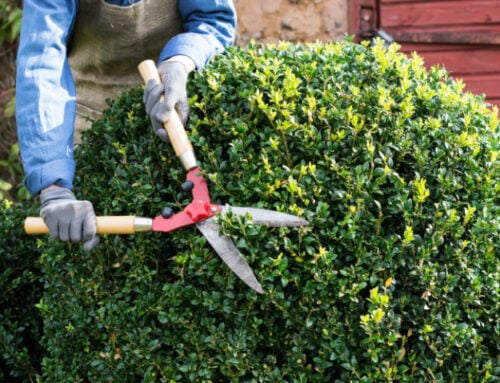When it comes to planting trees, you want the amount of effort put into it to leave you with a healthy growing tree that needs the least amount of tree service possible. Just like everything else in life, there is a right and a wrong way to handle everything. Planting trees is the same way, and there are a lot of benefits in following the “rules” that are optimal in the success of a healthy long living tree.
Best Season to Plant a Tree
Planting a tree is a very delicate process, and every precaution you take will help the growth of the tree. It will also help lessen the amount of tree service necessary. One precaution to take into consideration is the time of year you plant your tree. Studies show that the best way for a tree to develop after being planted is for it to be planted either during the fall or during the spring. Planting a tree during the summer or winter is not optimal for a tree’s growth. The summer conditions can be too harsh on the tree’s developing process, and winter conditions can lead to a lack of nutrients absorbed by the roots of the tree, due to the cold temperature. The spring and fall give the tree optimal temperature, weather, and time in between the winter and summer to develop.
Tree Planting Weather
Weather plays a large factor while planting a new tree. You want to make sure the conditions are not too wet, but also not too dry. Finding the optimal time to plant a tree during the best weather just takes a little research looking ahead at the upcoming weather. If you plant a tree while it’s raining, there is a chance you could drown the tree, giving it too much water. If you plant the tree while it is too dry, there is a chance that the tree could not receive enough water. If the weather is dry while you plan on planting a tree, extra tree service is optimal to help the tree grow.
Temperature
The temperature of your environment will drastically affect the growth of your tree. You want the temperature to be above 50 degrees Fahrenheit, and below 90. You want to make sure the temperature is above 50 degrees to make sure the soil is fertile, and allow the tree to receive the nutrients it needs. If the temperature is above 90 degrees, the leaves will begin to shrivel and wilt, due to a lack of nutrients or direct sunlight. There are some exceptions to these temperatures, as some trees can survive more harsh conditions.
Planting Location
Picking the location for a tree can be a very delicate process that largely affects the growth of a tree, so be cautious of the potential dangers. Although a specific spot in your yard may seem like the perfect place to plant a tree, you have to make sure that the tree has space and room to grow. You want to plant so that your tree is not too close to other trees. One tree growing right next to another can either take nutrients in the soil away from other trees, or damage the tree by growing into it.
Structural Damage
Being too close to your home is another precaution you want to consider when planting a tree. You want to make sure that if a storm occurs, or if the tree base is not stable, that there is no damage to your house. Lastly, make sure that you are planting your tree away from electric lines! This can lead to the tree becoming energized, or damage to electric lines. The less unnecessary tree service you need, the better!
Need Help With Your Tree Service Needs?
Although the process for planting a tree may seem complicated, there’s no need to worry! LTRC-Tree are tree professionals that put your tree service needs and safety first. Call us today at (404) 288-5872.
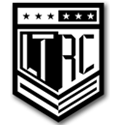
Contact Us For A Free Estimate!




